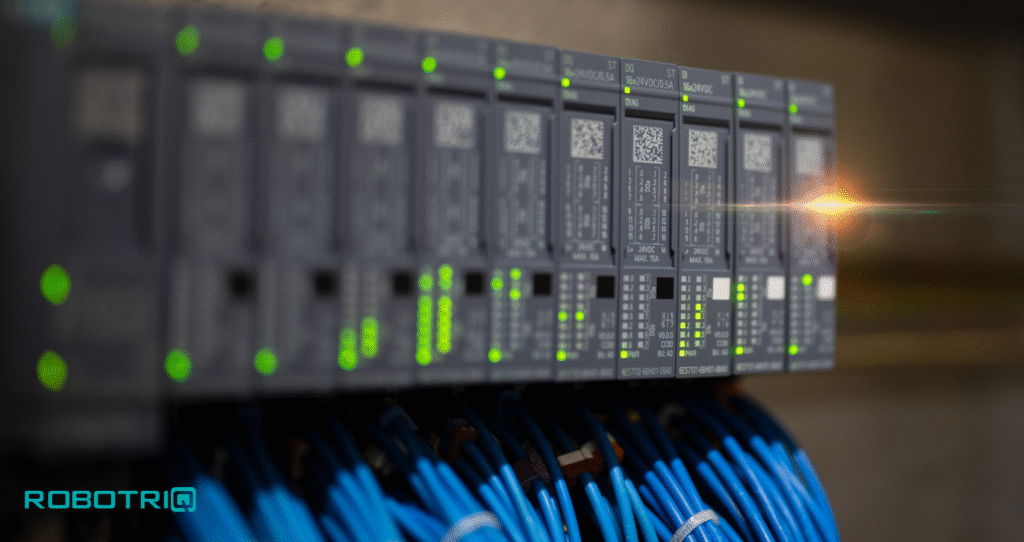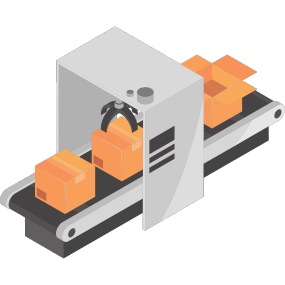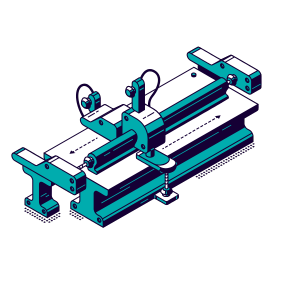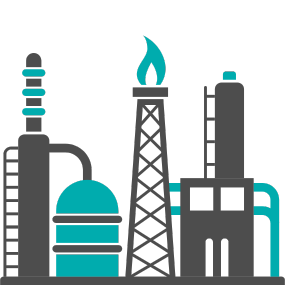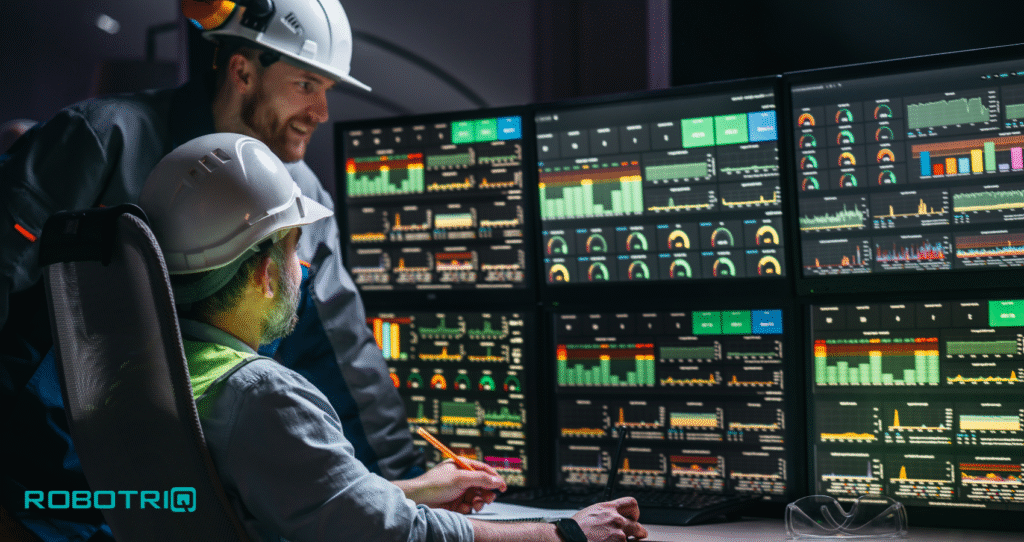
What is SCADA?
SCADA stands for Supervisory Control and Data Acquisition. It is a centralized system used to monitor, control, and analyze industrial processes across multiple locations in real-time.
Think of SCADA as the control room that gives engineers and operators complete visibility and control over an entire plant, facility, or even a network of sites.
How Does SCADA Work?
A SCADA system typically consists of:
Field Devices – Sensors, PLCs, RTUs (Remote Terminal Units) collect real-time data from machines or environments.
Communication Network – Transfers data between field devices and the control center.
SCADA Software – Displays data on user-friendly interfaces like dashboards, trends, and alarms.
Operator Interface (HMI) – Allows users to monitor the system, issue commands, and make adjustments.
For example: In a water treatment plant, SCADA can show tank levels, pump status, valve positions, and chemical dosing rates — all on one screen — while allowing operators to control them remotely.
Key Features of SCADA:
Real-time data monitoring
Remote control of processes
Alarm and event management
Historical data logging and reporting
System diagnostics and troubleshooting
Where is SCADA Used?
SCADA systems are widely used in:
Power generation and distribution
Water and wastewater treatment
Oil and gas industries
Manufacturing and production plants
Transportation and infrastructure

